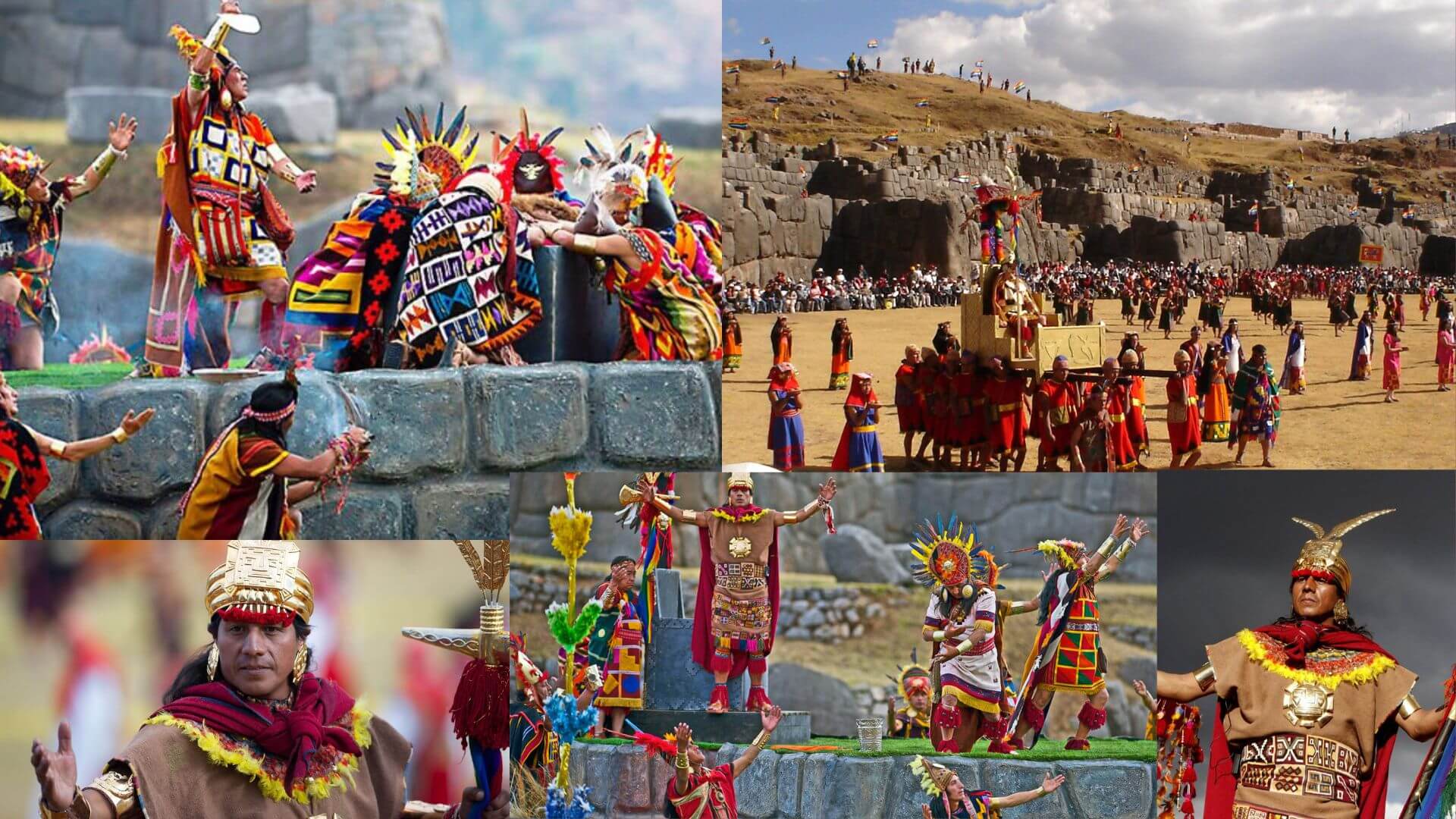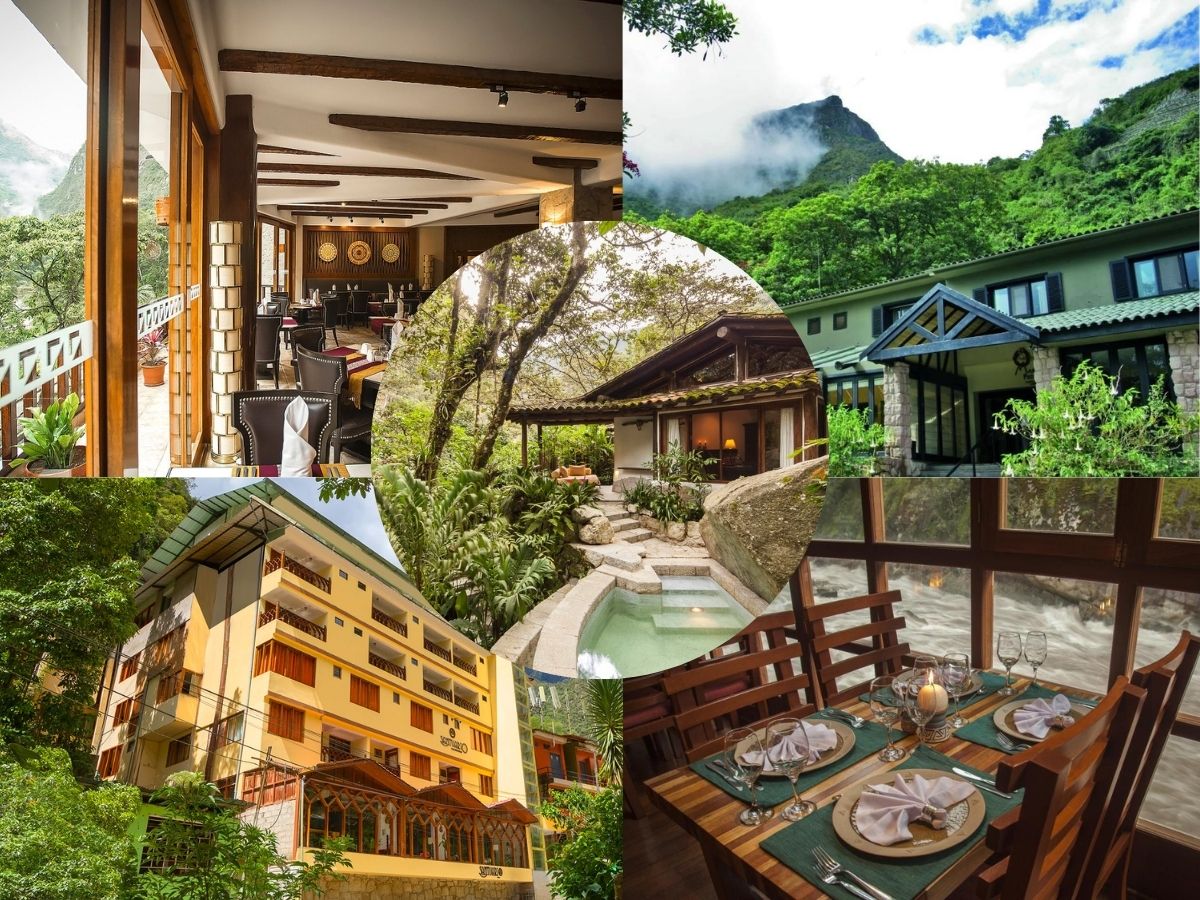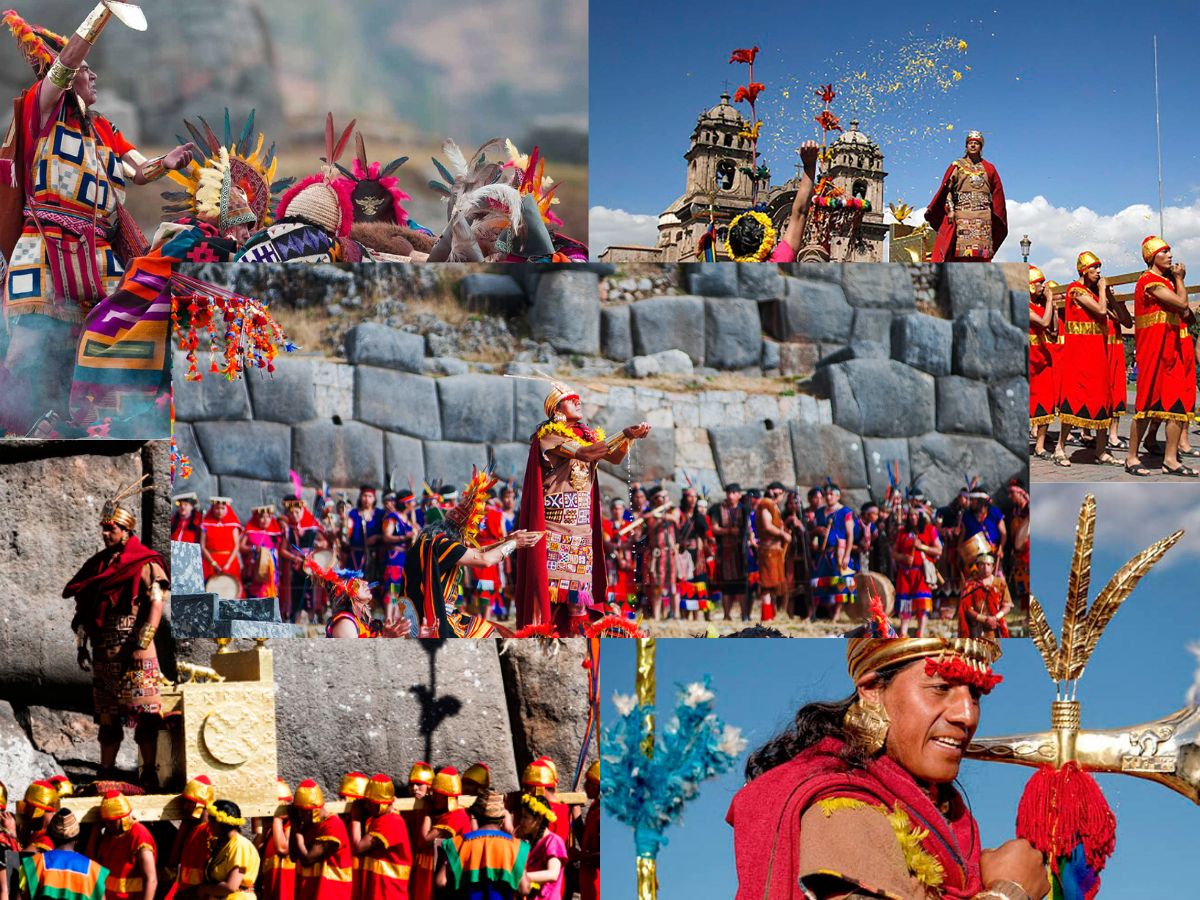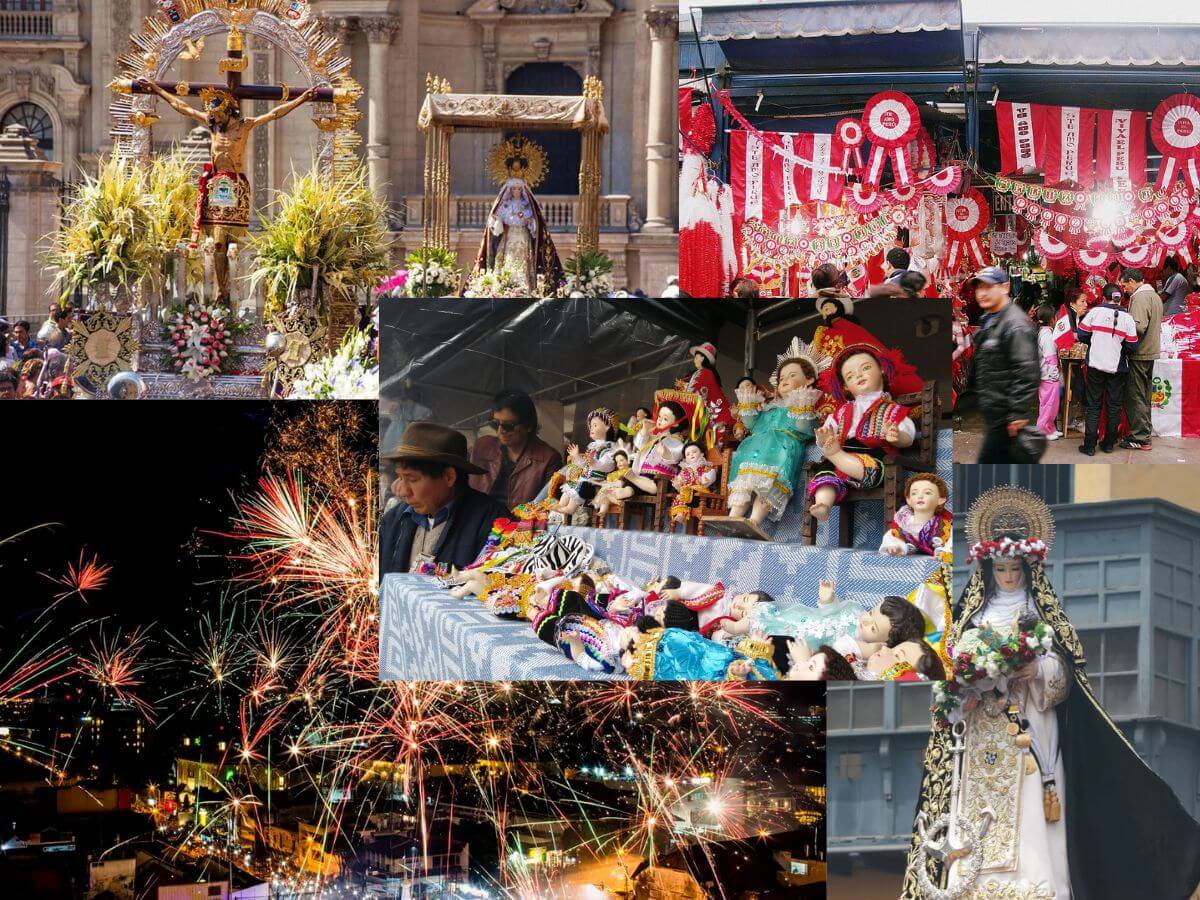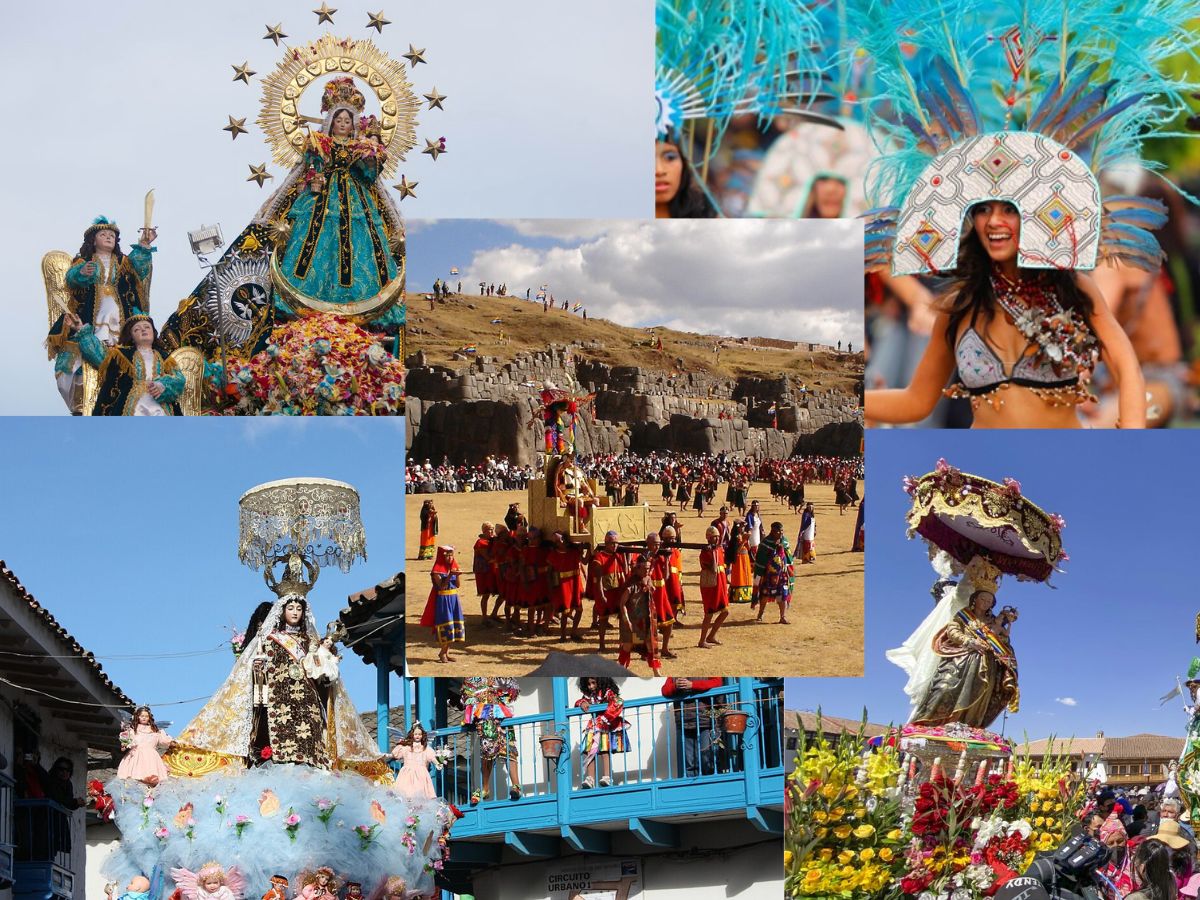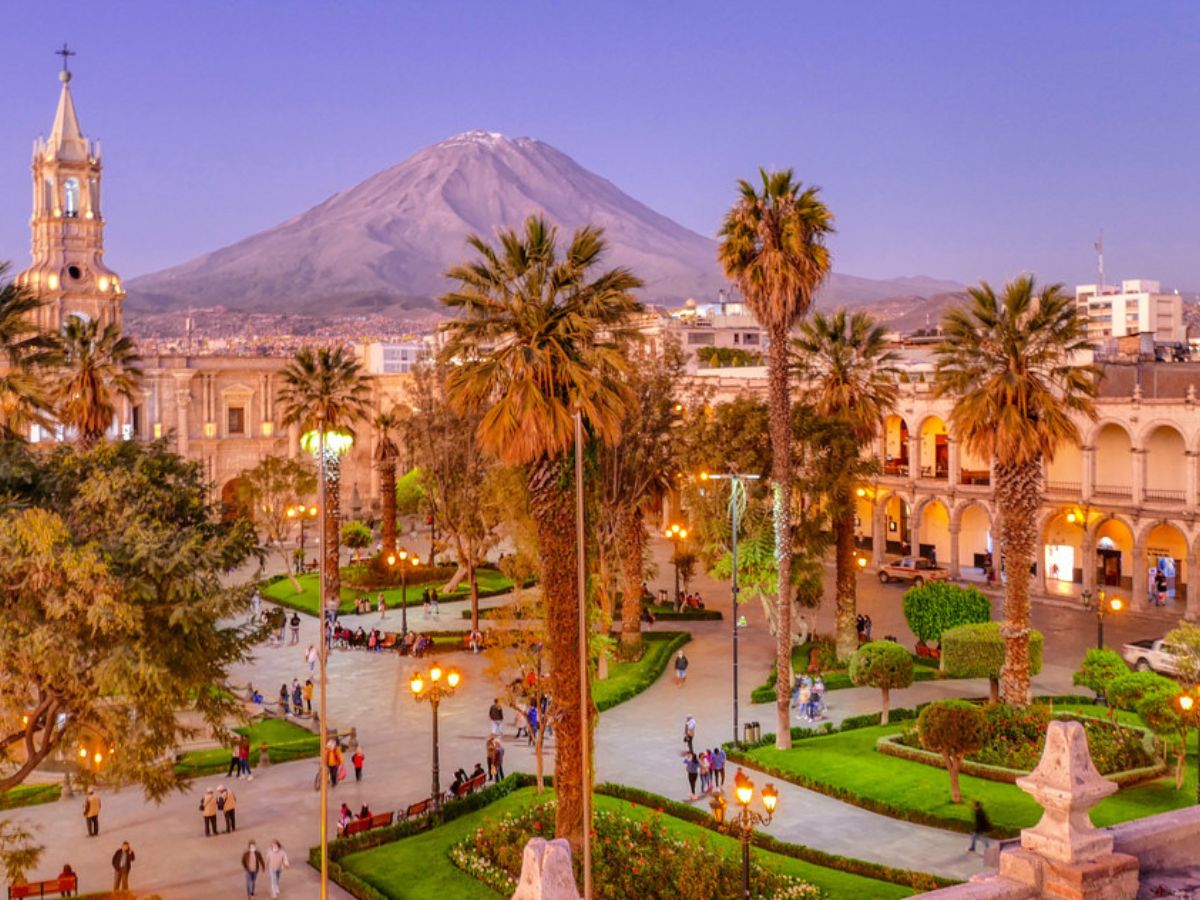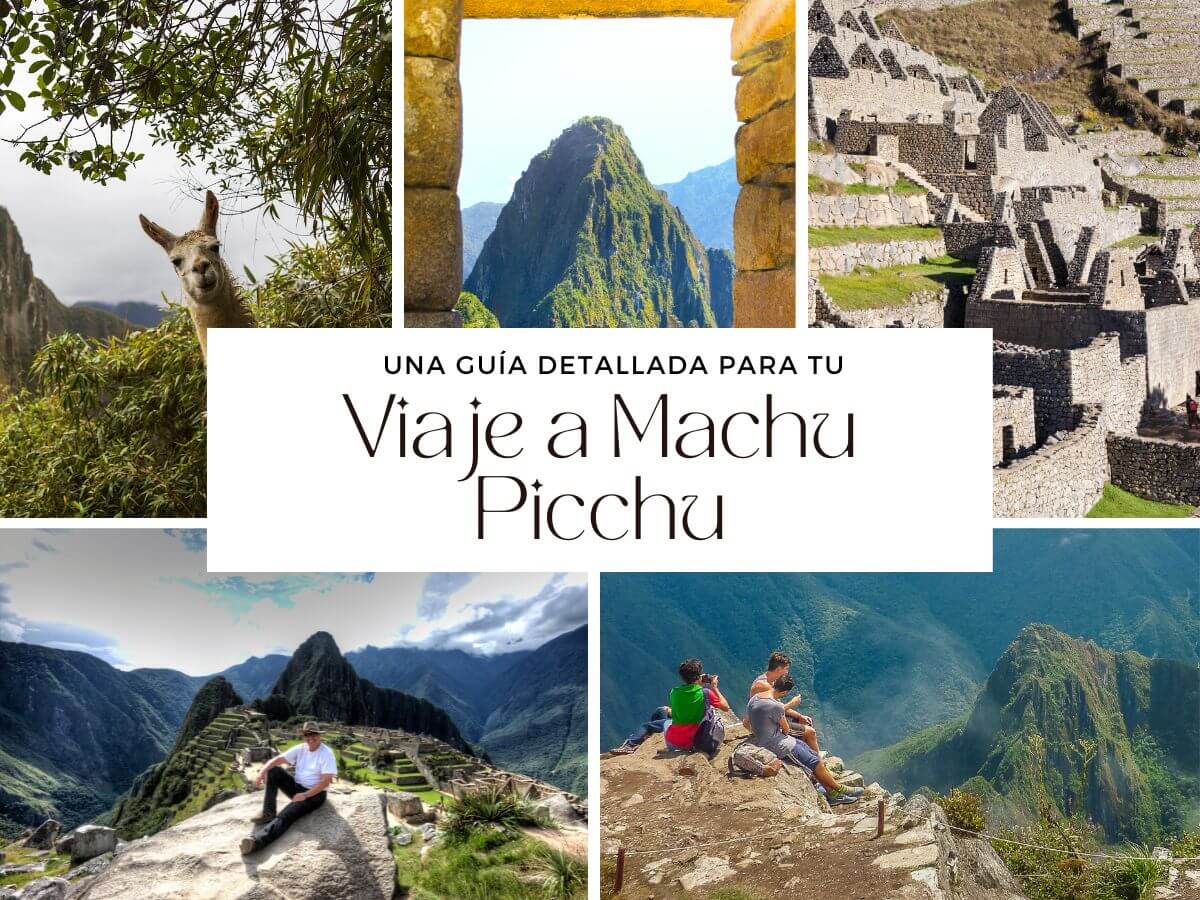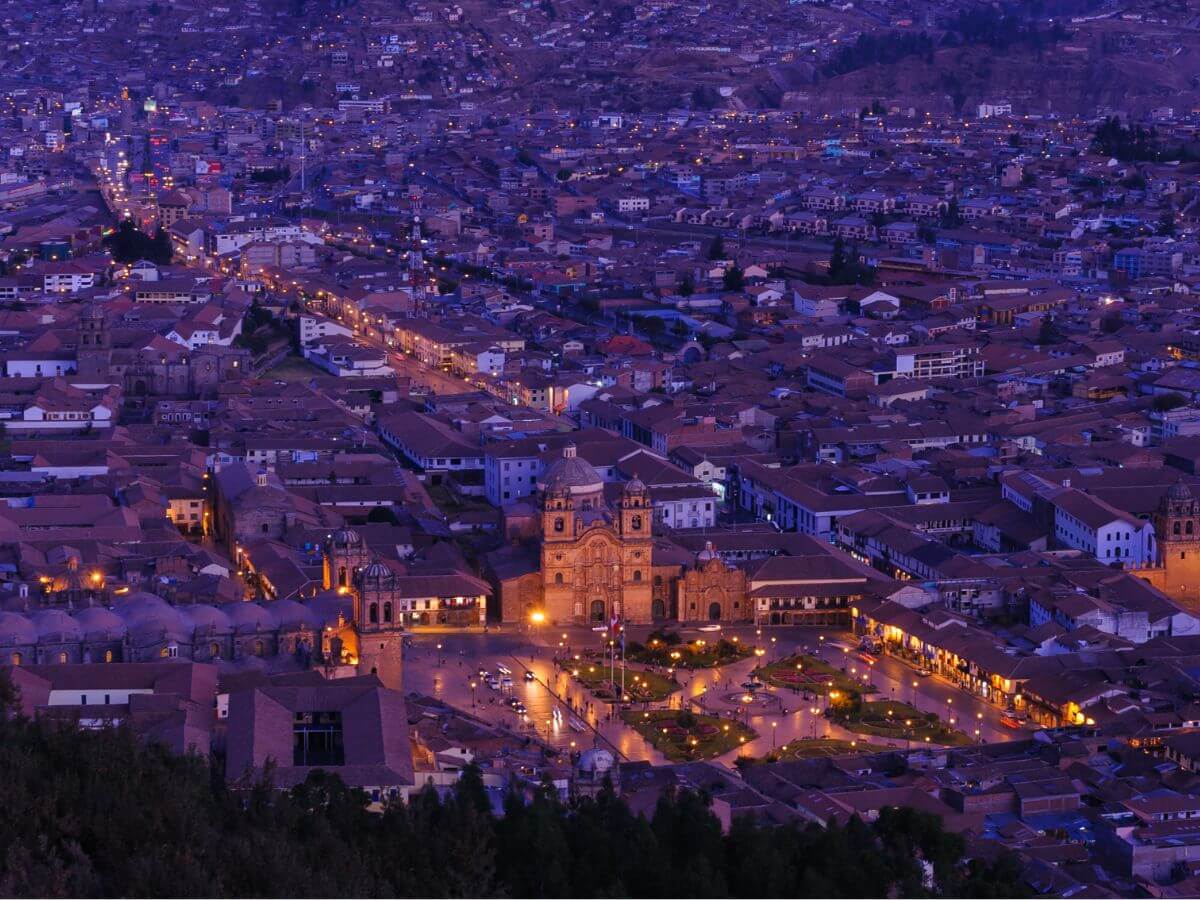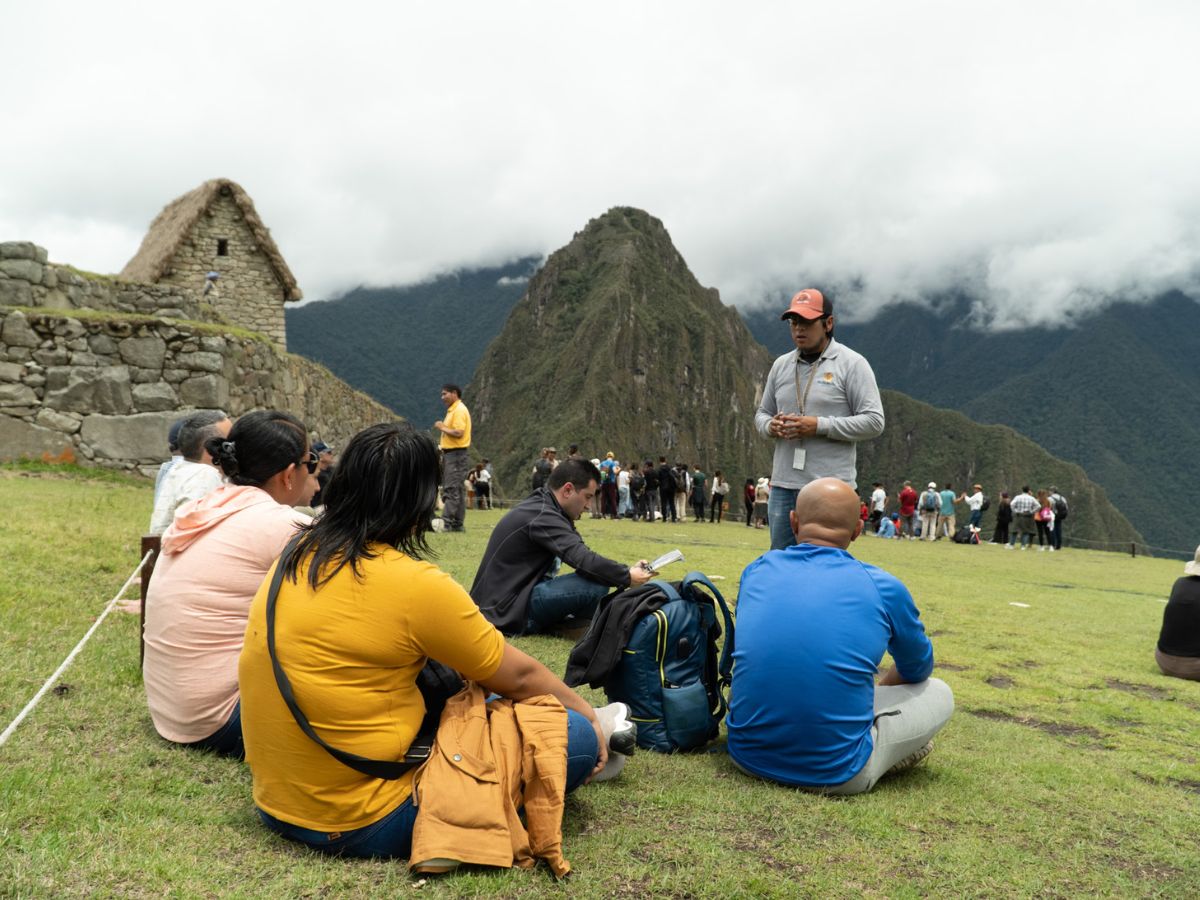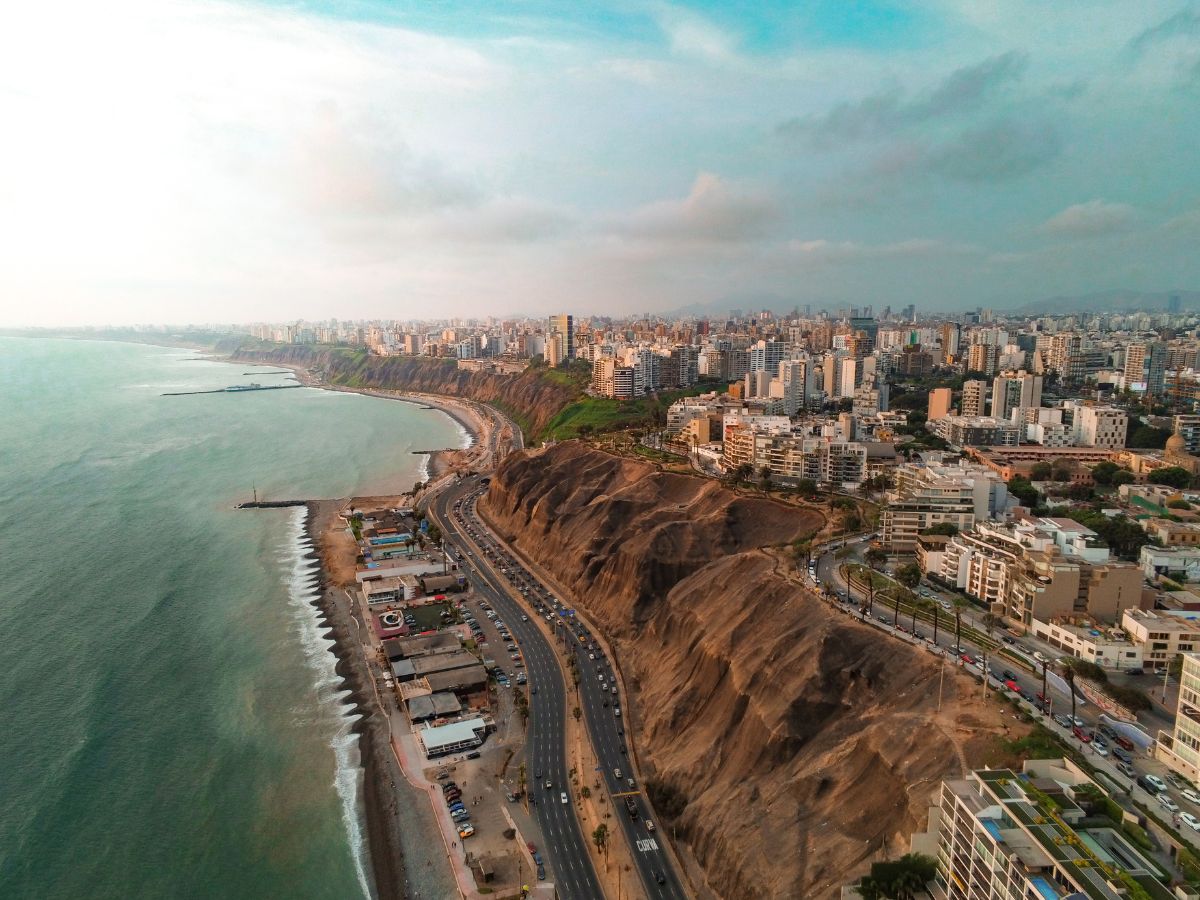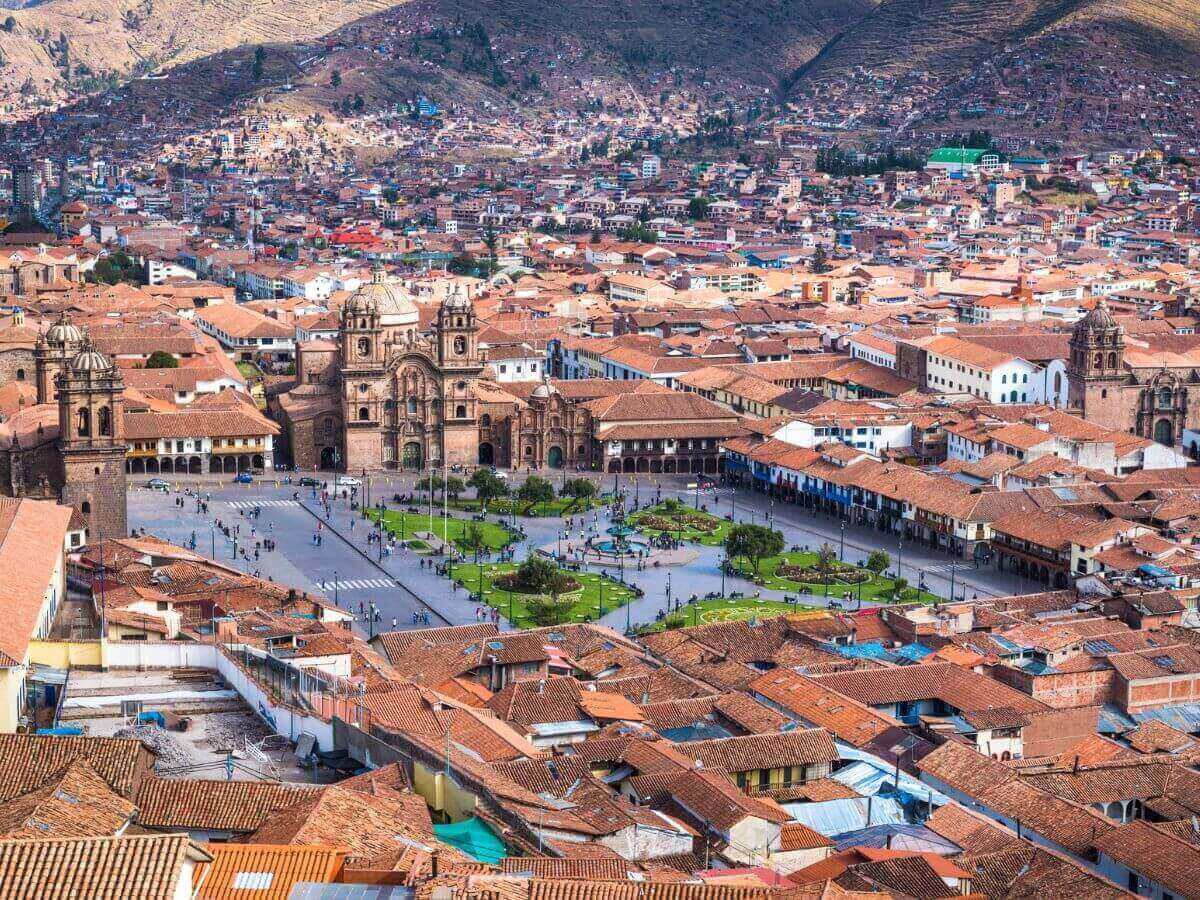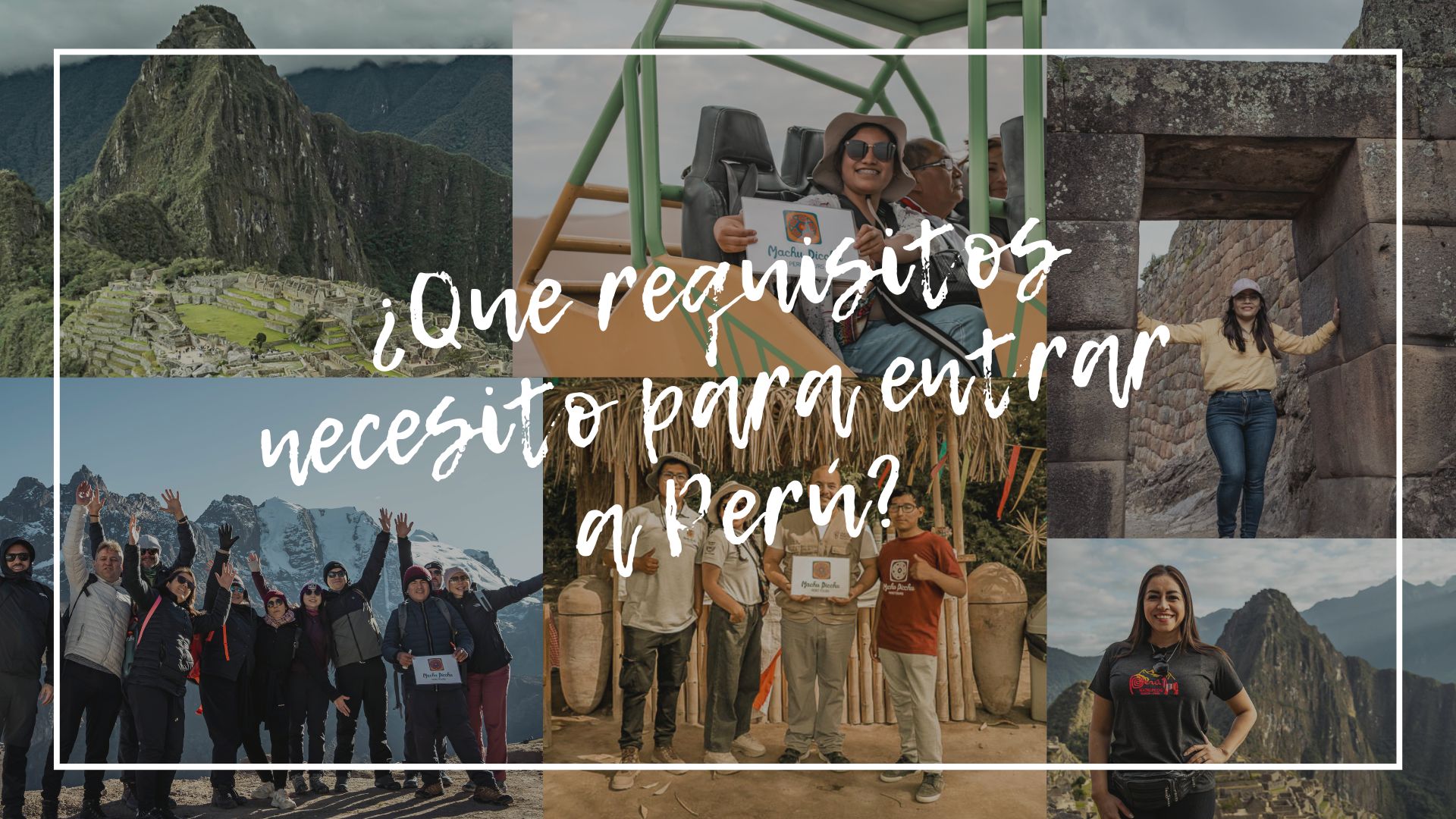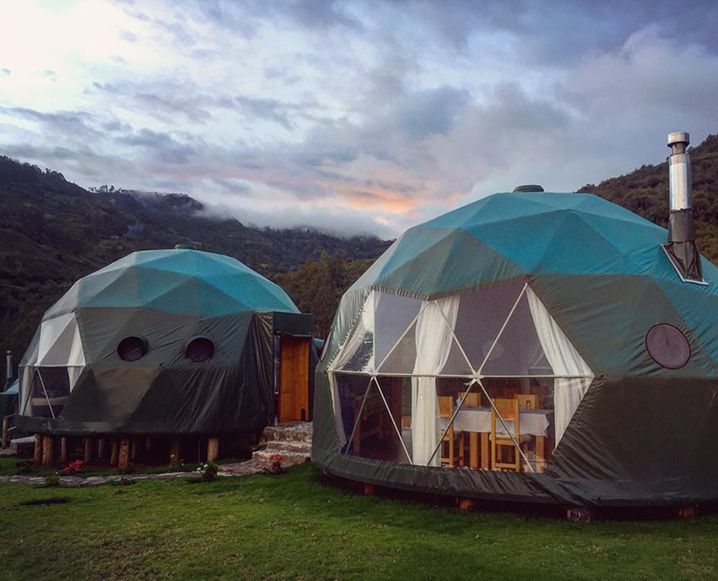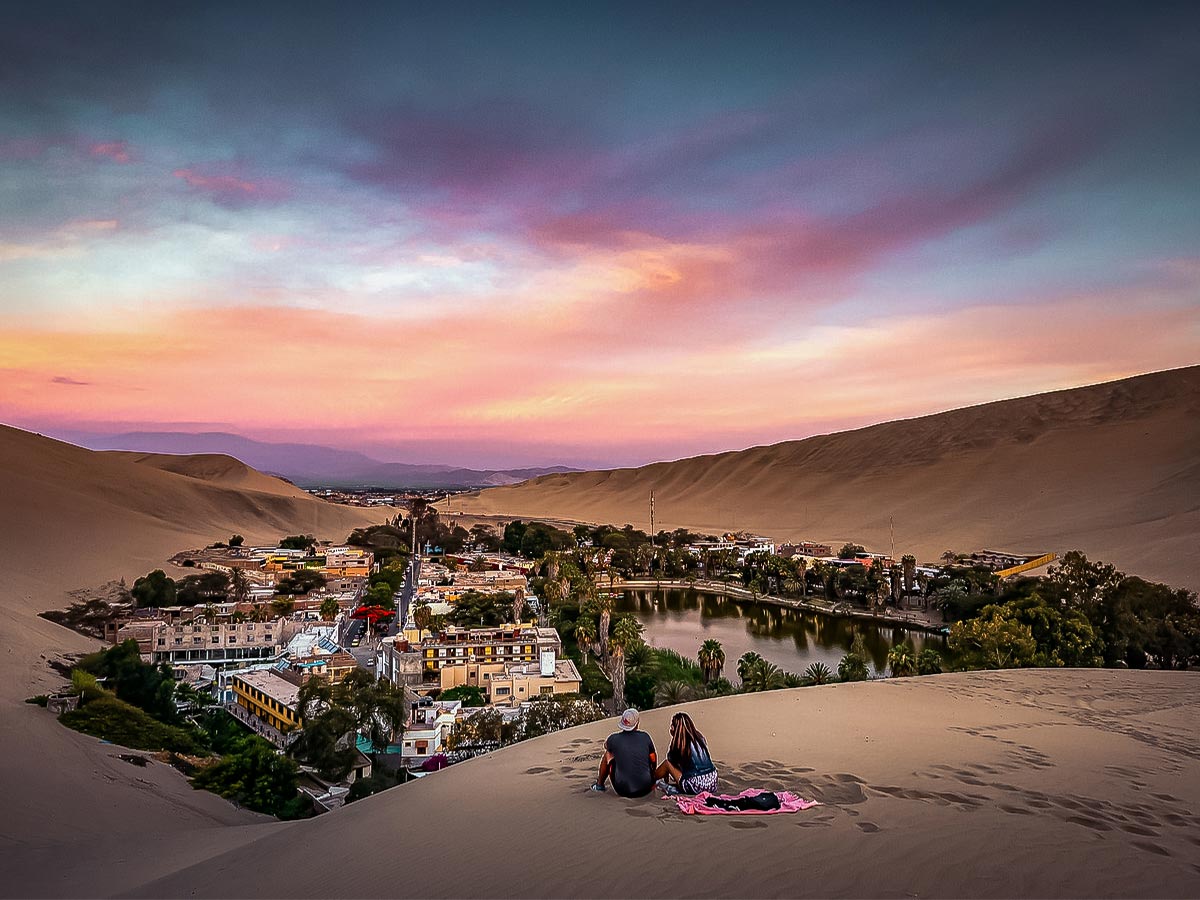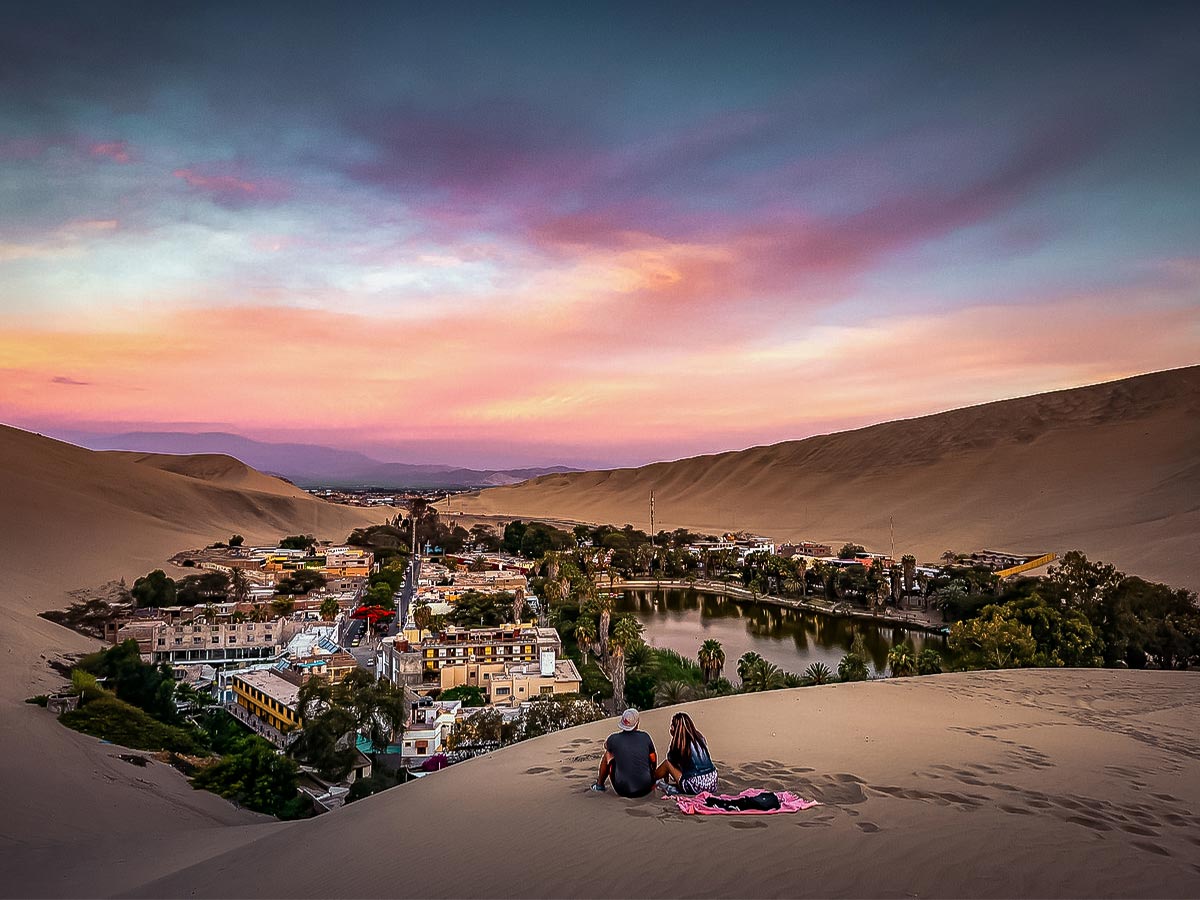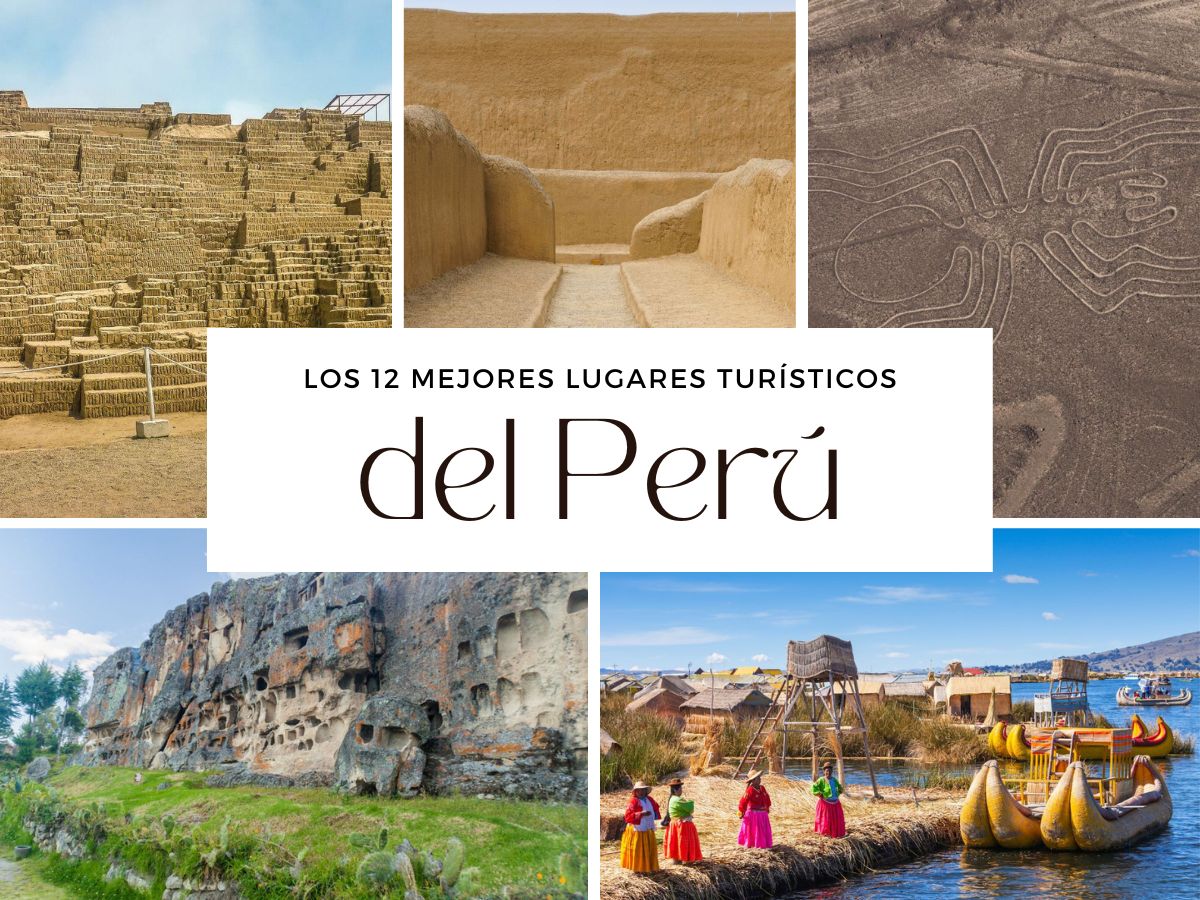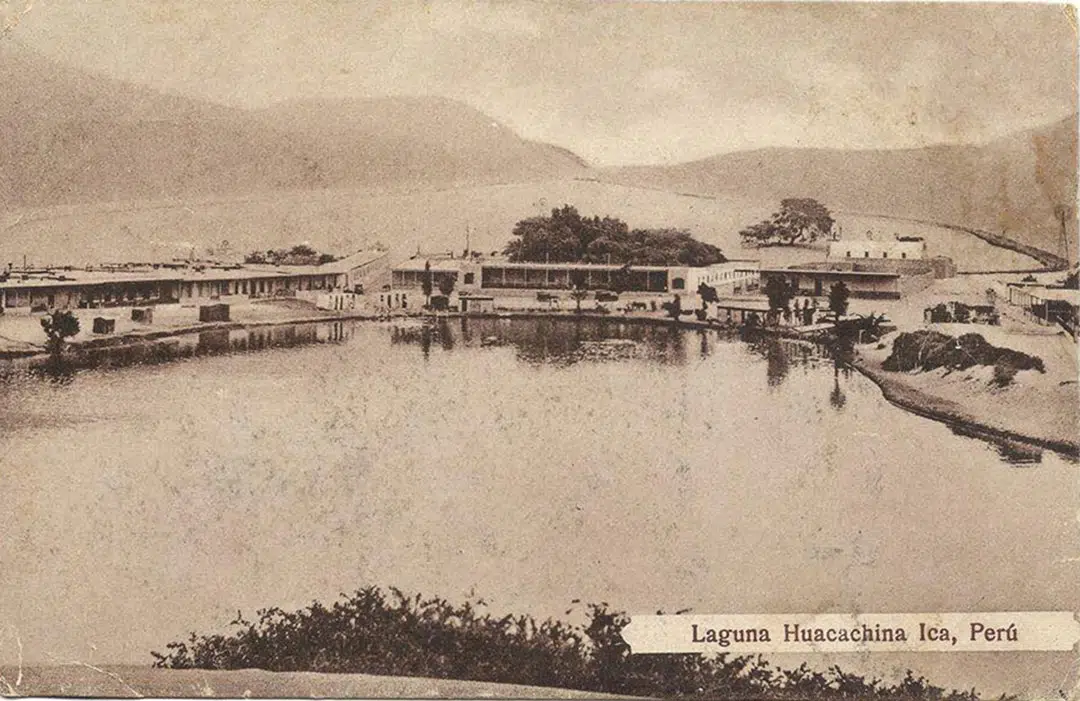Inti Raymi The festival of the Sun
Surely you have heard of Inti Raymi the festival of the sun in Cusco. This ancestral festival celebrated in June of each year, is undoubtedly one of the biggest attractions that many travelers want to witness.
Full of music, history, culture, and theater, the festival of Inti Raymi seeks to recall the Inca era and bring us what it meant for them a party of maximum offering to their god the Sun. Don’t worry, here we will tell you all about it.
What is Inti Raymi?
In 1944, the people of Cusco organized a festival to commemorate their Inca ancestors and this created the Inti Raymi, a giant staging that evokes the Inca tradition.
It is a religious celebration that comes from Inca times, in which a representative of the Inca along with different representatives of the four of them and emblematic figures of the ancient empire, make an appearance in the wide court of the aforementioned fortress.
Nowadays, it is a festivity that congregates both locals and foreigners because several culturally attractive activities and ceremonies are carried out. The main one is the theatrical representation of this ancestral tradition, which transports visitors to Inca times. This event is currently held in the Sacsayhuaman Fortress.

Inti Raymi Festival, is one of the most important festivities and celebrations in Cusco.
What does Inti Raymi mean?
Inti Raymi’ is a Quechua word that means ‘Festival of the Sun’. In ancient times, in Inca times, this celebration was called ‘Wawa Inti Raymi’ which means ‘Feast of the Sun Child’.
When is Inti Raymi celebrated?
The Inti Raymi is celebrated every June 24, this date is because it coincides with the Day of the Peasant. In Cusco, this date was declared a holiday.
How is the celebration of Inti Raymi?
At around 7 in the morning the actual ceremony of Inti Raymi (feast to the sun god), in the Koricancha (temple of the sun), we can see the general of the army (sinchi), followed by his guards, the imperial army and then the Aqllas, Tika takunas (women who throw flowers) and Pichaqcunas (those who clean the place).
We will listen to traditional music (pututus, quenas and tamborcillos), and the last to appear and also accompanied by music are the Inca and his Coya (wife).
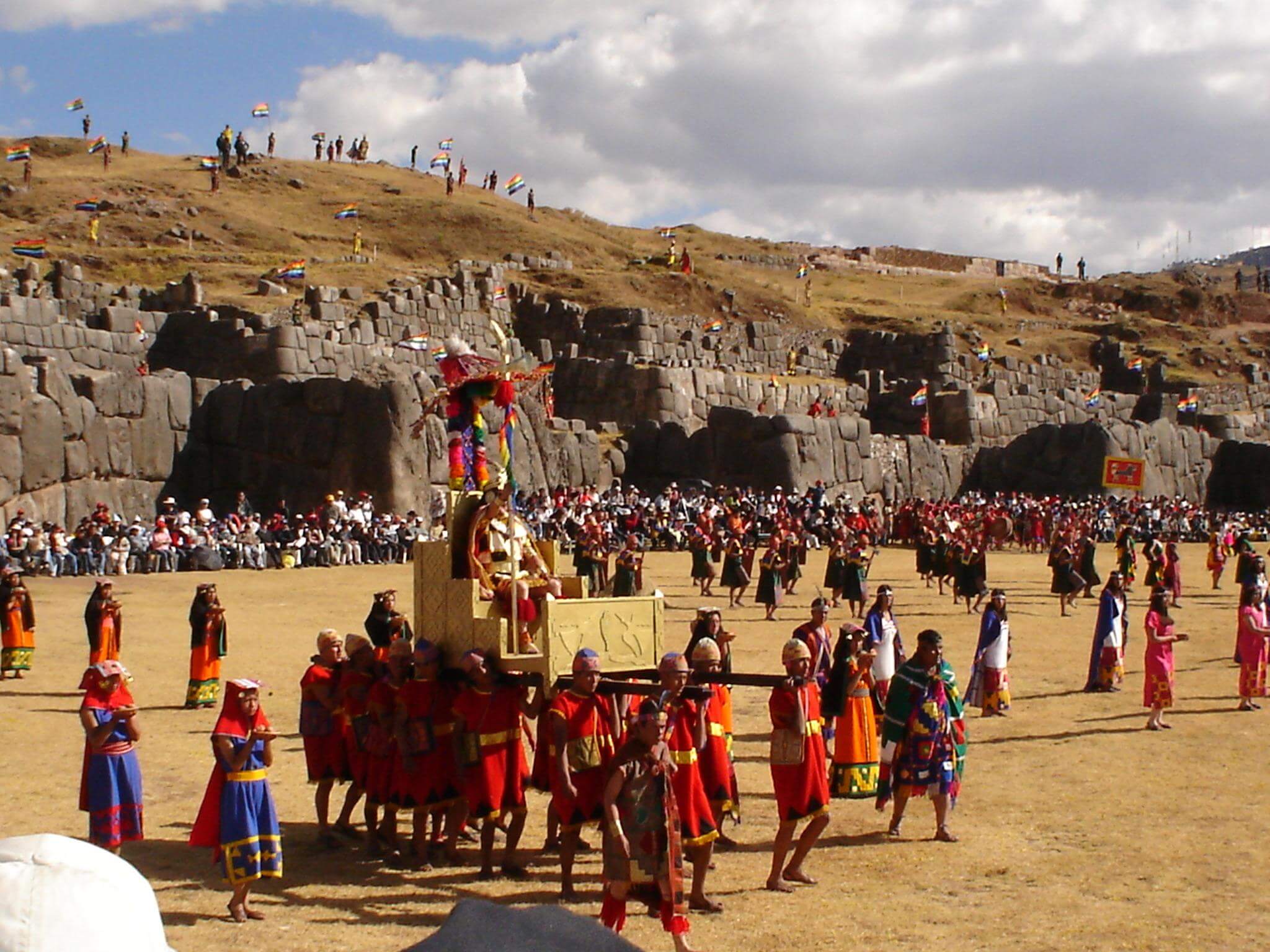
Here the offering that the Inca offers to Taita Inti is the chicha of Jora, for after this first staging we go to the esplanade of Saqsayhuman. The sequence is the same first the Sinchi and at the end we will see the Inca go out, the Inca toasts (with a kero in his hands full of chicha de jora), with the sun and then throws a glass of chicha to a gutter that is in the direction of the Koricancha (Temple of the sun).
The WILLKA NINAKAMAYOC (the one who keeps the fire lit) lights the fire and maintains it, the hour of the sacrifice arrives, the TARPUTAY (priest in charge of the oracle) asks them to raise a tender and black flame, he goes to the sun with a tumi in his hands and opens the left side of the animal and takes out its heart to offer it to the sun. Other priests in charge read the viscera, blood, and fat of the animal. When everything is of satisfactory result they throw the viscera to the fire. At the sight of the smoke, the WILLAC UMU rejoices for the good omens.
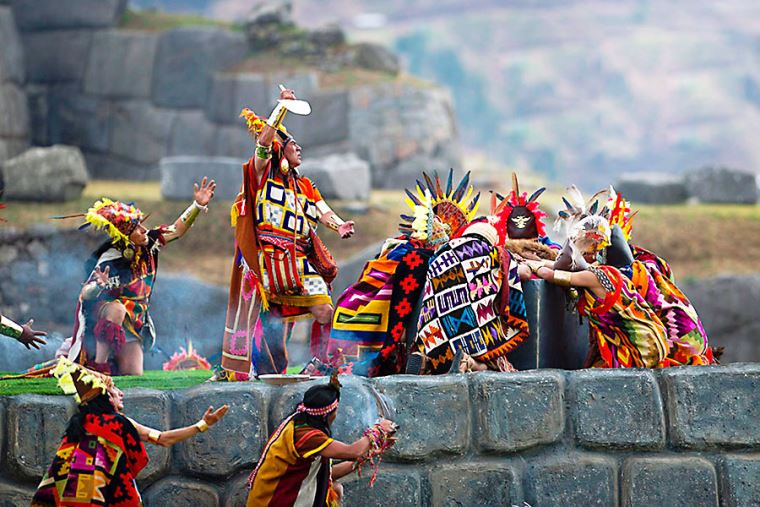
The party ends in contagious joy for the people. Throughout the Inca rite, we will see hundreds of dancers in colorful costumes and traditional music that completely embellishes the magnificent scenery.
General Inti Raymi Schedule
| BEGINNING: | 09:00 a.m Qorikancha Temple (Av. El Sol). |
| CEREMONY: | 10:30 a.m. Hawqaypata Square (Main Square of Cusco). CENTRAL CEREMONY: 01:45 p.m. |
| CENTRAL CEREMONY: | 01:45 p.m. Chukipampa Esplanade – Sacsayhuaman. |
History of the Inti Raymi
All accounts of the history of this festival are based mostly on the chroniclers who focused their studies on the significance of this festival. Thus, they indicate in the accounts the participation of important curacas from all regions of the empire as well as the Inca himself.
Through this celebration, the Incas legitimized their dominion over every corner of their vast empire, which covered several regions of the current countries of Peru, Bolivia, Ecuador, Colombia, Argentina, and Chile.
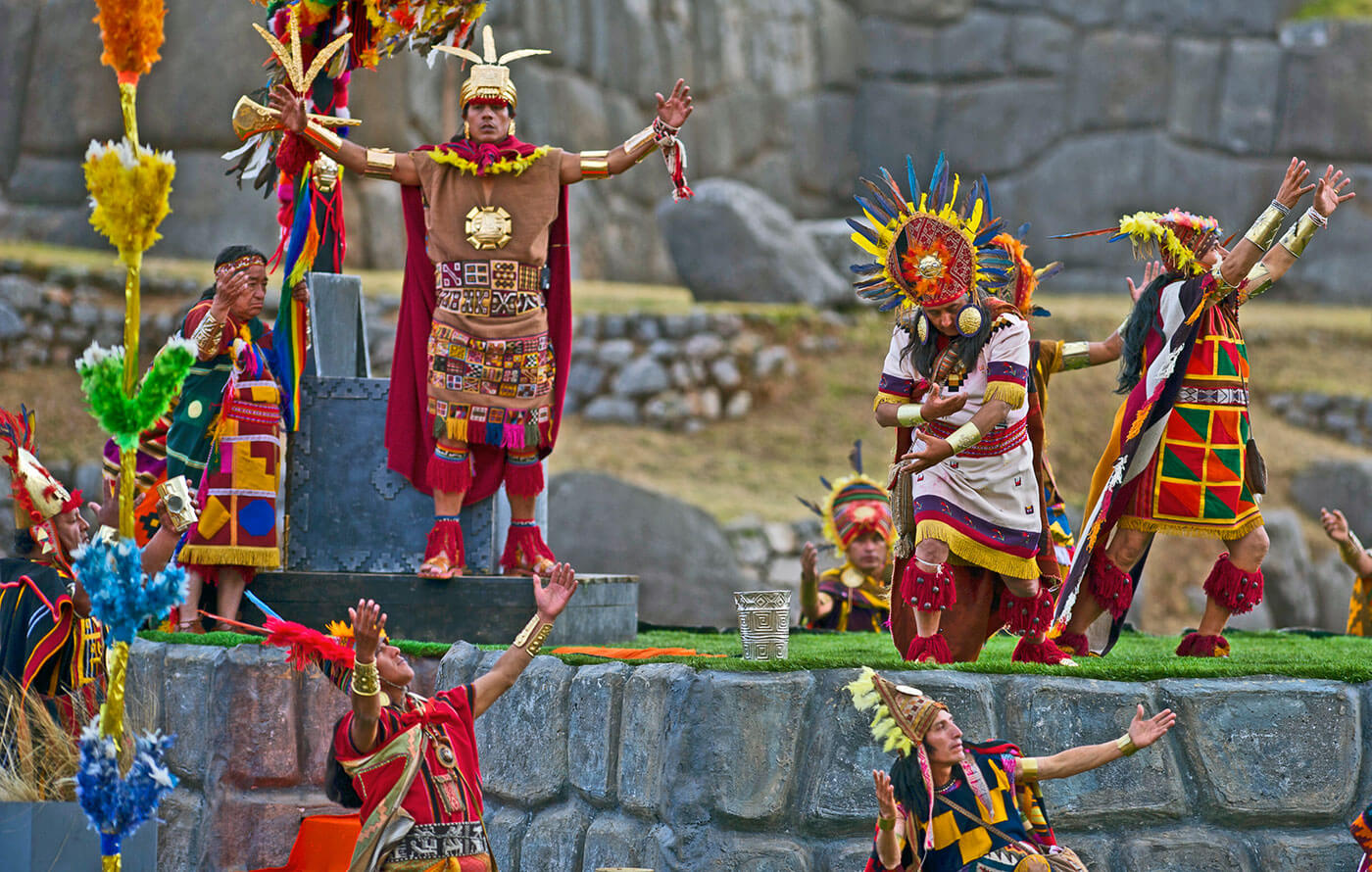
Every winter solstice (between June 20 and 23), the Inca performed a ritual in honor of the sun, the maximum divinity in the Tahuantinsuyo, through a multitudinous ceremony in which representatives from all over the empire participated.
Inti Raymi today
Since 1944, this tradition was reinstated in Cusco on the initiative of the Cusquenian artist Faustino Espinoza. Today, it is one of the most important celebrations in Peru. Its celebration includes dances, performances, typical costumes, and a series of activities ideal for tourism. After 60 years, this unique celebration has become part of the tradition in the city of Cusco.
How to attend the Inti Raymi?
To attend the Inti Raymi it is necessary to reserve tickets well in advance. This can be done through accredited agencies such as Machu Picchu Peru Tours or through Emufec.
Remember that in the Qorikancha there will be a grandstand for 300 spectators, access to the staging that will be given in the Plaza de Armas is free, but it is recommended to arrive early to have a good viewing site. While to see the staging in Saqsayhuaman is through the purchase of tickets for seats arranged in grandstands that have good accommodation.
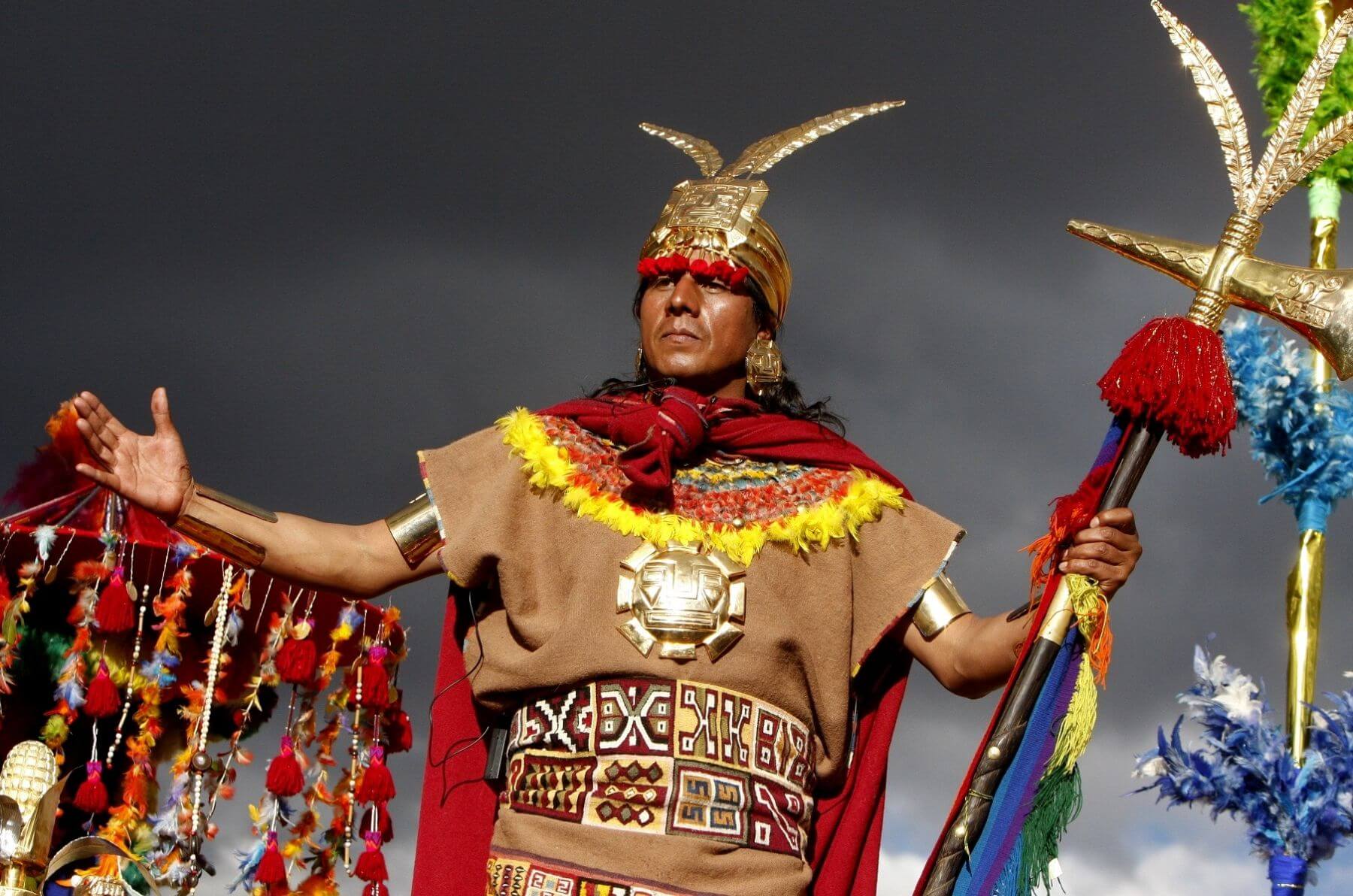
Plan your vacations and come visit this magnificent celebration that promises to transport you to the world of the Incas.
Explore many more tourist destinations and facts about Peru on our travel blog and plan your next trip with us!



